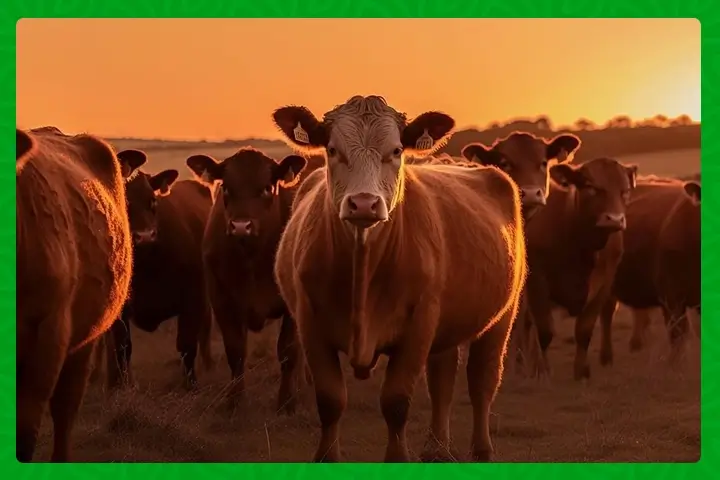
Namibia’s bustling livestock sector marked a triumphant stride in 2023, with a total of 294,938 cattle making their way through diverse channels. Among them, a staggering 151,808 were exported live on hoof, showcasing the nation’s prowess in the international market. However, as the Livestock and Livestock Products Board of Namibia (LLPBN) reveals in its latest report, the northern abattoirs only managed to slaughter 4,005 cattle. Let’s delve into the dynamics of this unprecedented cattle export phenomenon and the intriguing implications it holds for Namibia’s agricultural landscape.
Unlocking the Hoof-to-Market Odyssey:
In a surprising revelation, Namibia flexed its livestock muscle by exporting a colossal 151,808 live cattle to neighboring SADC member states in 2023. The LLPBN report indicates that despite aspirations for value addition and agro-processing, nearly 95% of these live exports found their destination in South Africa, reaching an impressive 149,508 cattle. This not only exceeds the total number slaughtered in all export abattoirs but also underscores Namibia’s strategic market presence.
Monthly Momentum:
Namibia’s export prowess becomes even more astonishing when considering the monthly average of approximately 12,459 live animals sent to South Africa. Even in the face of challenges, such as the lowest recorded export of 8,312 cattle in February 2023, Namibia continues to assert its dominance in the international livestock market.
Challenges and Opportunities:
The statistics, however, unveil a dual reality for Namibia. While live exports soar, the domestic slaughtering houses receive an average of 11,927 head of cattle. This prompts a crucial debate between local carcass prices and those offered by neighboring countries. The battle of margins becomes evident as producers choose markets with higher prices, resulting in the significant number of live animal exports.
Economic Implications:
Exporting live animals comes at a cost – the loss of potential harvestable products and the employment opportunities associated with the slaughtering process. Nevertheless, this trend reflects the economic pragmatism of producers, opting for markets that offer better returns on their livestock.
Rising Costs and Slaughtering Growth:
Namibia’s agricultural landscape witnessed a surge in slaughtering at export-approved abattoirs, rising from 70,568 cattle in 2022 to 105,549 cattle in 2023. This growth, according to the Livestock Board, contributed to improvements in producer prices. The S-VFC beef all-grade average hit N$60.31/kg, outshining the N-VCF beef-all grade at N$36.34/kg.
Global Export Dynamics:
Namibia’s export prowess extended beyond SADC member states, with an estimated 16.9 million kg of beef exported in 2023. The EU received a significant share of 9,051,245 kg, with top destinations including South Africa, the UK, and China. Intriguingly, African countries accounted for the least volumes, and the USA saw no Namibian beef exports despite previous enthusiasm.
Northern Challenges:
In the northern regions, cattle slaughtering faced limitations, with only 4,005 cattle processed by the Katima Mulilo and newly refurbished Rundu abattoirs. Meatco, the state-owned beef processor, announced a cattle buying program in the region, aiming to bolster the local industry.
Price Fluctuations and Market Insights:
Price dynamics played a crucial role in shaping the livestock landscape. Producers witnessed a year-on-year increase in the B2 producer price, reaching an average of N$62.03/kg. However, market insights attributed the fluctuation in domestic weaner prices at auctions to external factors, resulting in lower levels than their South African counterparts.
Namibia’s livestock sector is undoubtedly a force to be reckoned with on the global stage, showcasing an impressive hoof-to-market journey. As the nation grapples with the dual challenges of domestic slaughtering and international competition, the industry’s resilience and adaptability shine through. The ongoing saga of live cattle exports presents an intricate tapestry of economic decisions, market dynamics, and the ever-evolving landscape of Namibia’s agricultural future.


















